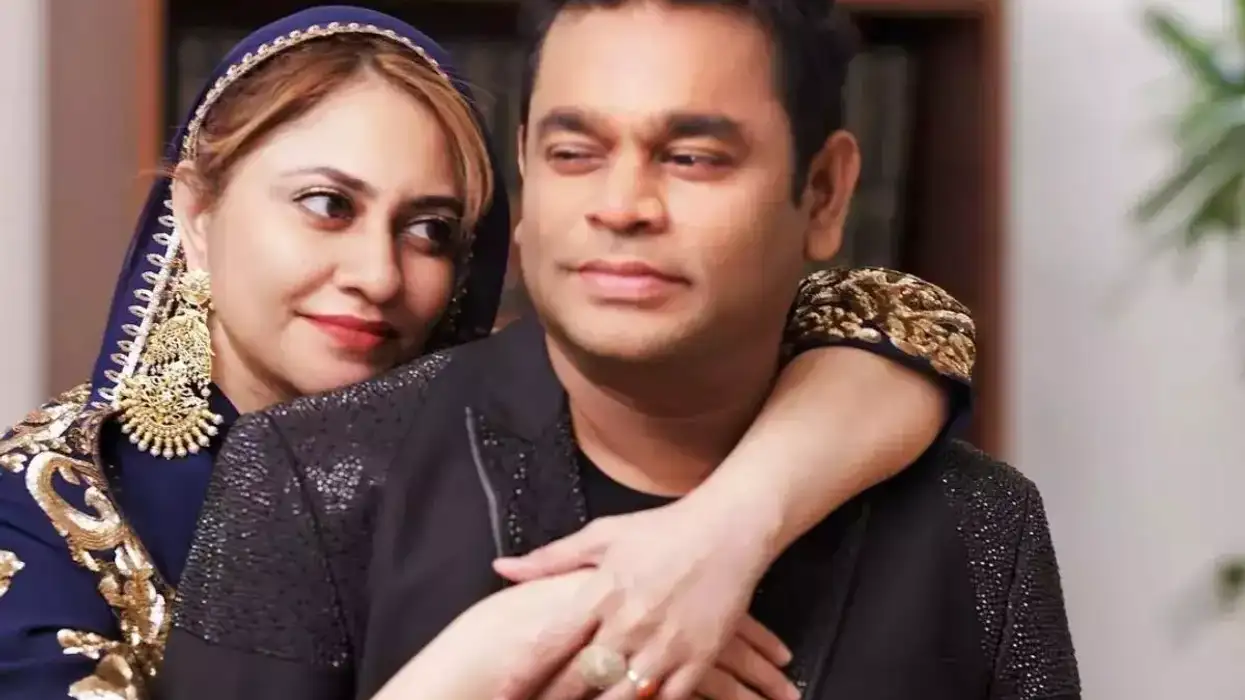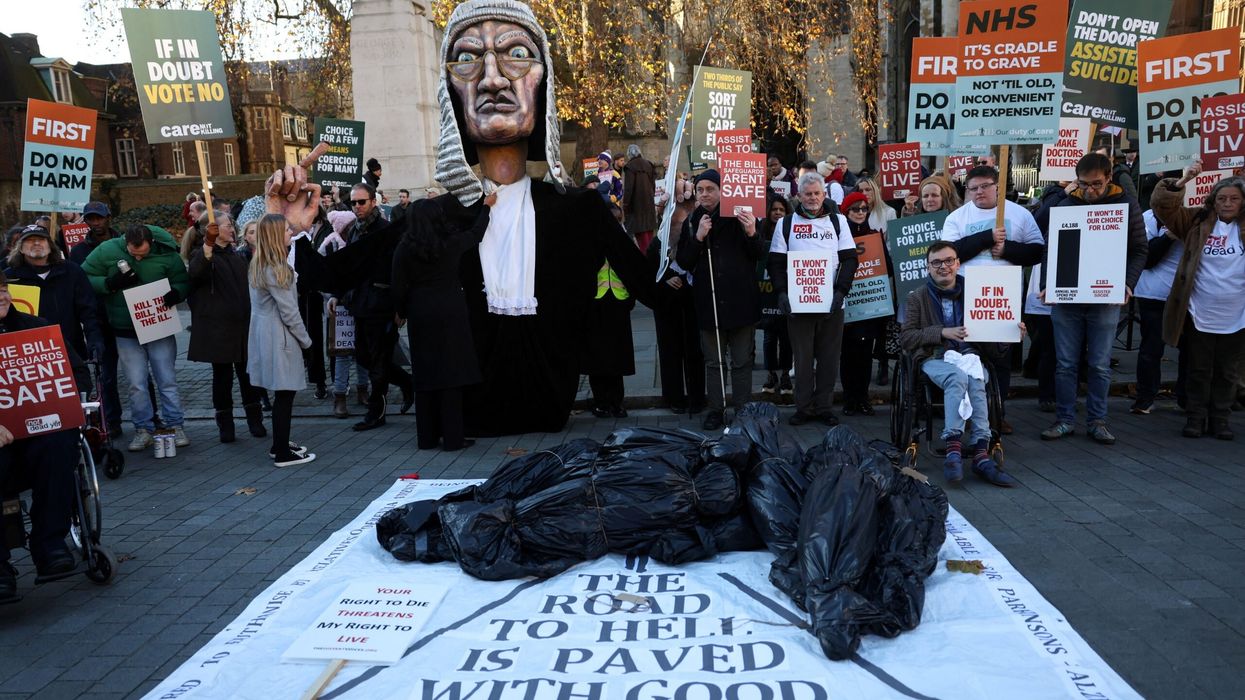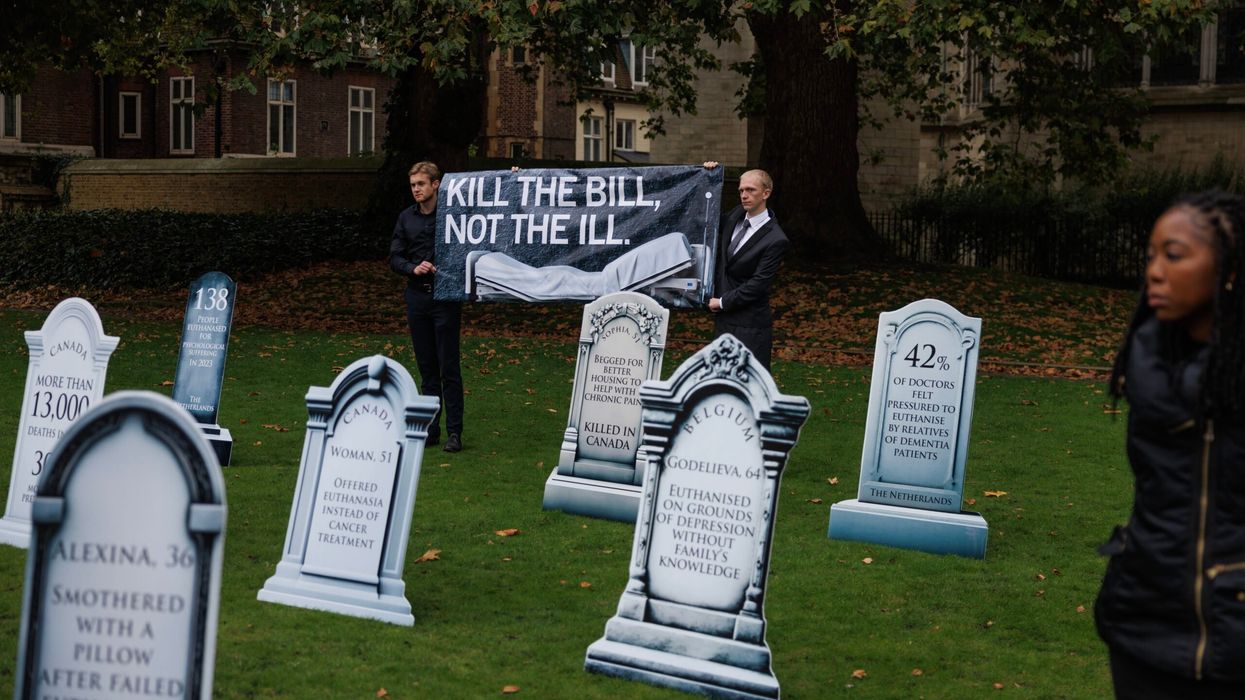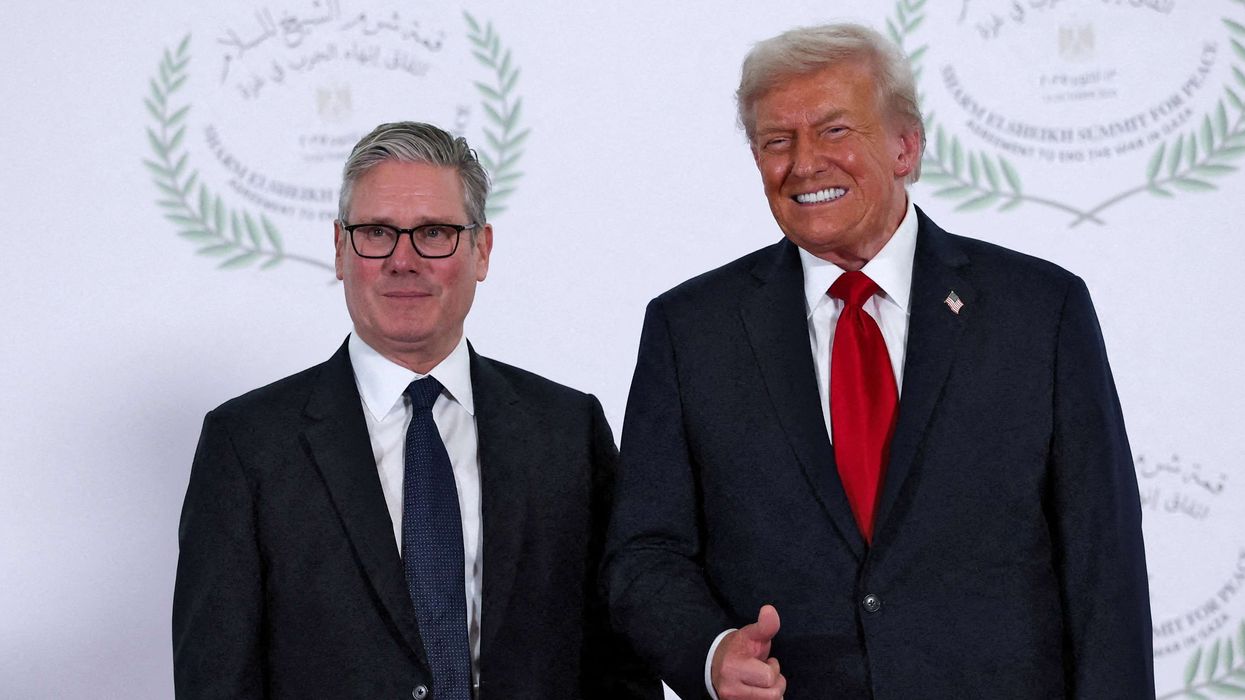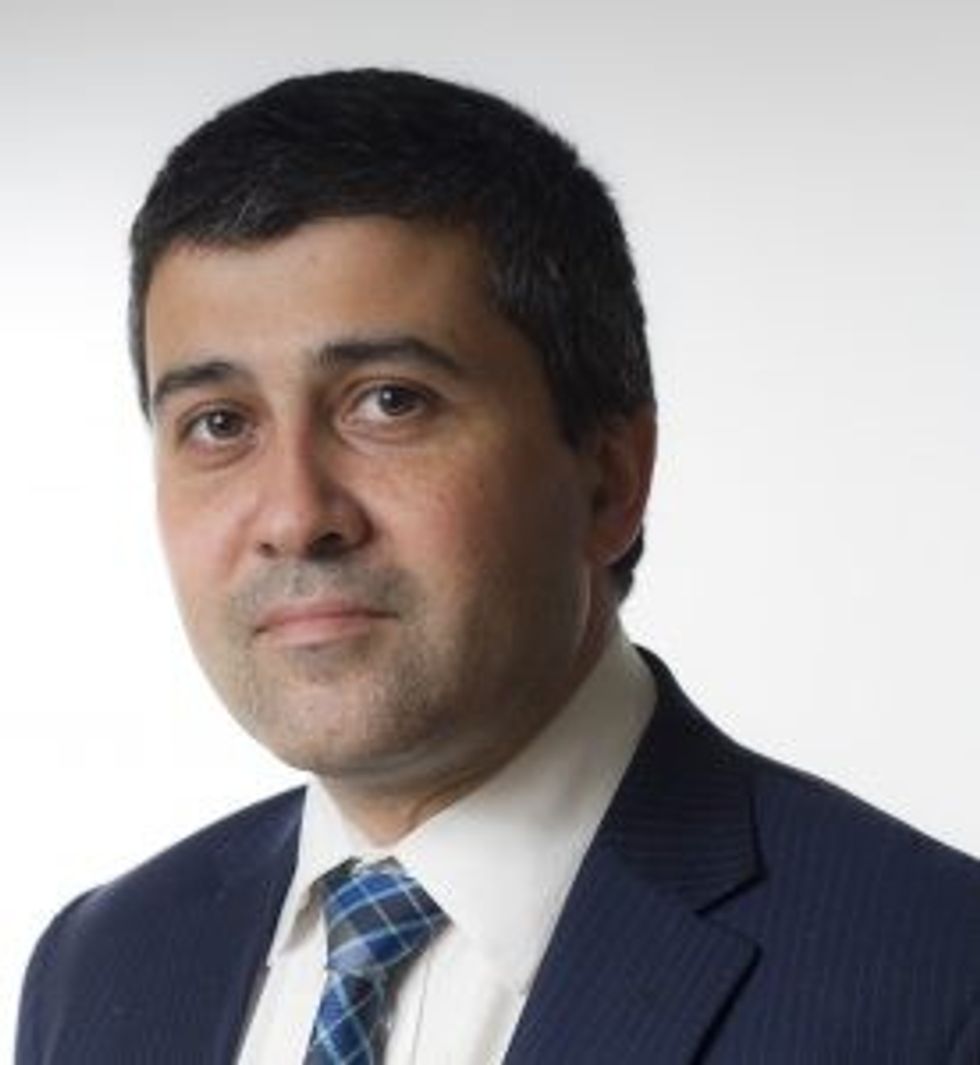THE arts have saved my life over and over throughout my existence. Growing up, I used to draw, make things and dance to express myself. I was generally a shy, quiet, and introverted child unless I was expressing myself through creativity. This allowed me to be extroverted and express sides of myself that wouldn’t come out through daily life.
Growing up with busy immigrant parents, who had to look after so many family members, meant that I was often left to figure out life in my head on my own.
I was always curious about human behaviour and existentialism, especially as I was a highly sensitive child. Being quiet too meant that I was more of an observer of behaviour.
All of these things meant that my world was so internalised that I had to somehow find a release for these held in thoughts and emotions. If I didn’t have these outlets in the arts, I probably would have burst.
Even as an adult, it’s been crucial during the toughest times in my life. When I went through a period of depression and anxiety a few years ago, I found comfort in photographing people who also faced mental health illnesses and struggles. Hearing about their experiences and challenges really helped me capture some of our shared feelings through my camera. I’m proud this series of images is currently part of an equality exhibition for charity to help break the stigma around mental health illnesses.
This also enabled me to channel my grief and deep sadness for environmental and societal issues, through photographing climate change protests and nature in many forms. Going to these protests gave me hope that so many people feel this connection with nature too. It’s so powerful and uplifting seeing a unified group of people chanting for Mother Earth. I get a similar connection with nature when I’m photographing a dying flower with petals falling off and am reminded of how beautiful, yet fragile, life can be.
The release of these pent-up emotions, perspectives or intangible parts of my consciousness through my art is crucial for me, especially when I don’t always feel safe or comfortable expressing these verbally. I can scream, laugh, cry, experiment, play, protest or even dance through the arts, and it’s totally liberating.
In a society where people are often quick to cancel you for saying the ‘wrong’ thing, I find the arts are often a safe way to explore some of my ideas, moods, and passions from my deeper psyche. These are relatable parts of the human experience too that often touch people profoundly and tend to be embraced when presented in a non-verbal visual way.
I regularly remind myself that art is subjective, and the end result isn’t always where the treasures lie. It’s so easy to get consumed with that end result or how people see your work.
If people can relate or benefit from engaging with my art, that is just a bonus. This helps me to be more resilient to knockbacks and blasé responses about my work, as I know what counts the most is my personal journey of continuous exploration, experimentation, growth and salvation.
Mala Vadgama is photographer-visual artist, whose wide range of work includes documentary photography, portraits, commercial and conceptual. Visit mkvphotography.com or Instagram, Twitter & Facebook: @mkvphotography

